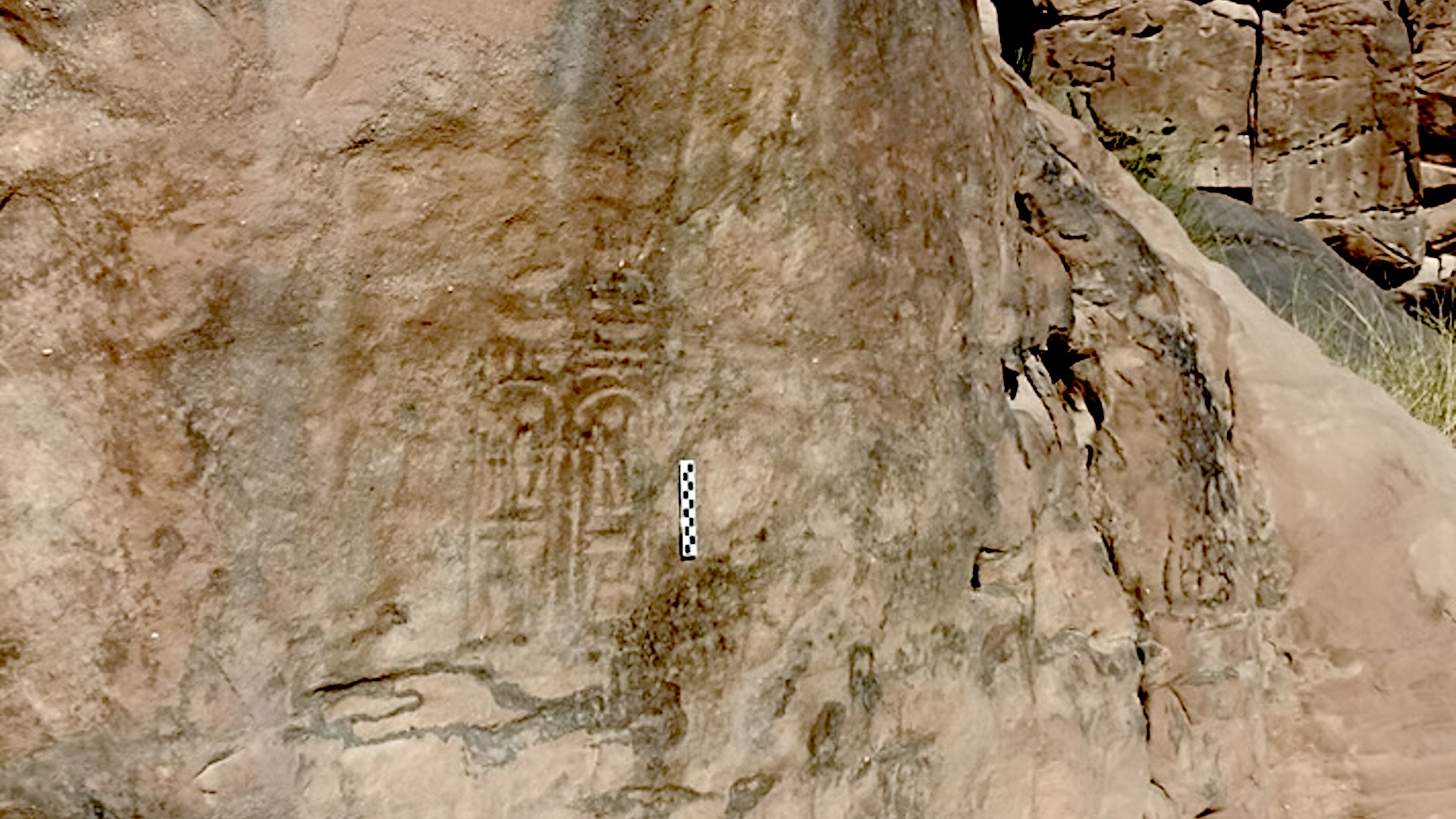China launches final Beidou satellite to complete GPS-like navigation system
It completes a navigation satellite constellation decades in the making.
China successfully launched the final member in its Beidou satellite constellation Tuesday (June 23), completing a new global navigation system decades in the making.
A Long March 3B rocket launched the final Beidou Navigation Satellite (BDS) into orbit from the Xichang Satellite Launch Center in southwest China. Liftoff occurred at 9:43 a.m. Beijing time (9:43 p.m. EDT June 22 or 0143 GMT on Tuesday) after a weeklong delay due to a technical problem with the rocket.
Traditionally, China waits to announce launches until a satellite successfully deploys in orbit. But in a rare turn, the Beidou satellite's launch was announced in advance and broadcast live on TV and online, with an English translation available on state service provider CCTV, which normally provides video clips after successful launches.
Related: Latest news about China's space program
China began developing its Beidou satellite system in the 1990s, with the first satellite launching in October 2000. A lengthy upgrade of the system beginning in 2009, Xinhua said in a report last month. The latest iteration, called BDS-3, consists of 30 satellites for applications ranging from high-precision positioning to short message communications. The BDS-3 network had 29 operational satellites ahead of this latest launch.
The BDS-3 system's satellites have "higher bandwidth, enabling enhanced communication capability and carrying more accurate ... atomic clocks to improve the precision of timing and navigation services" when compared to their BDS-2 predecessors, according to a report by China's Global Times. The core BDS-3 system began operations in 2018, but this latest launch will improve the signal strength and coverage for users around the world, according to the report.

Navigational satellites like those in BDS-3 work by transmitting a signal that is picked up by receivers in smartphones and other GPS-enabled devices. The satellite signal includes information such as the time the message was sent (making atomic clocks quite useful for exact measurements), as well as the satellite's orbital position. Navigation can proceed when a user receives accurate information from at least four satellites.
Sign up for the Live Science daily newsletter now
Get the world’s most fascinating discoveries delivered straight to your inbox.
China's BDS-3 network completion comes as the United States works to modernize its own satellite Global Positioning System (GPS). The ongoing coronavirus pandemic has delayed the next GPS III satellite launch to June 30, from a planned April launch. The U.S. GPS III network upgrade, an improvement over its GPS II predecessor, should be completed by 2023.
Two other global navigation systems are also competing with China's Beidou system. Russia has its Glonass-M navigation satellites (the most recent one launched in March), to serve Russian military services on land, air and sea. Europe's Galileo system became operational in 2016 and is expected to launch its last satellites late in 2020, according to the European Space Agency.
China's Beidou launch was the second space mission in a week for the country.
On Wednesday (June 17), the country launched its third Gaofen-9 Earth observation satellite into orbit from the Jiuquan Satellite Launch Center in the Gobi Desert. The mission also carried two smaller satellites — a tiny picosatellite called Pixing-3 developed by the Zhejiang University and the fifth Automated Identification System services satellite for the private company HEAD Aerospace, according to SpaceNews.
- Russia and China are teaming up to explore the moon
- Chinese Kuaizhou-1A rocket launches 2 satellites for the 'Internet of Things'
- Photos from the moon's far side! China's Chang'e 4 lunar landing in pictures
Follow Elizabeth Howell on Twitter @howellspace. Follow us on Twitter @Spacedotcom and on Facebook.
OFFER: Save 45% on 'All About Space' 'How it Works' and 'All About History'!
For a limited time, you can take out a digital subscription to any of our best-selling science magazines for just $2.38 per month, or 45% off the standard price for the first three months.

Elizabeth Howell was staff reporter at Space.com between 2022 and 2024 and a regular contributor to Live Science and Space.com between 2012 and 2022. Elizabeth's reporting includes multiple exclusives with the White House, speaking several times with the International Space Station, witnessing five human spaceflight launches on two continents, flying parabolic, working inside a spacesuit, and participating in a simulated Mars mission. Her latest book, "Why Am I Taller?" (ECW Press, 2022) is co-written with astronaut Dave Williams.












